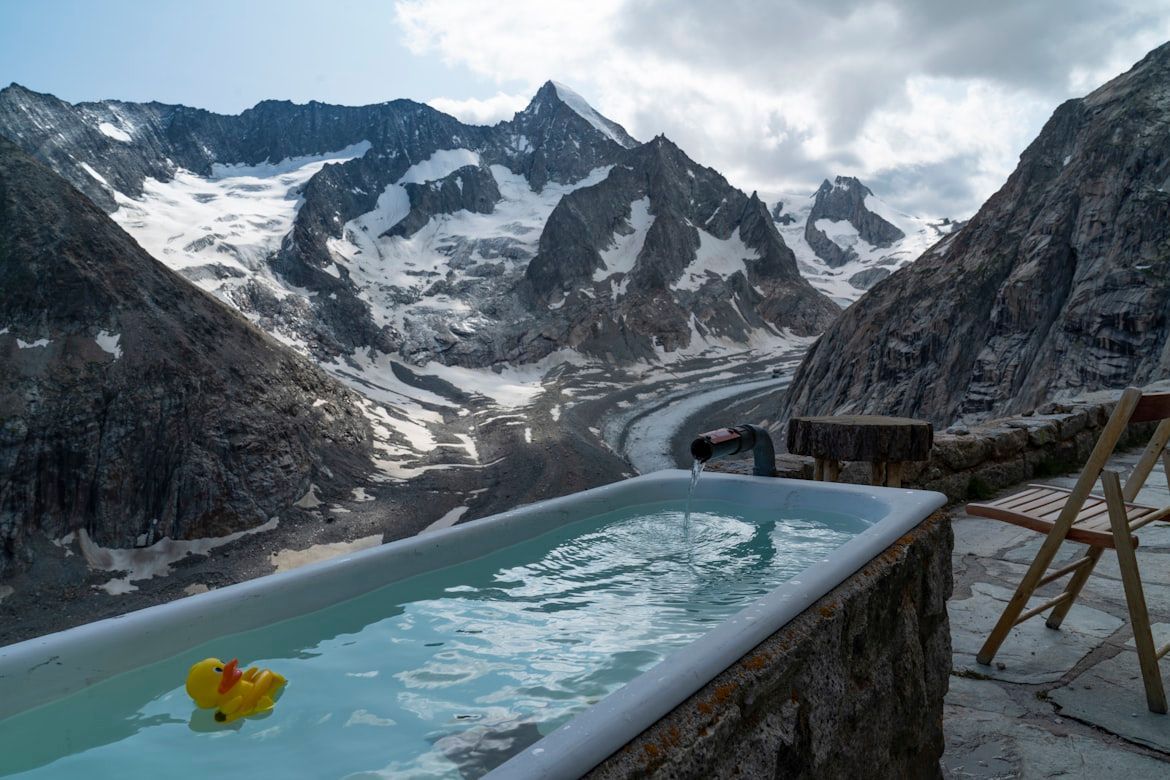A Journey Through America's Dinosaur Heritage
A 90-foot dinosaur with a supersonic tail whip and other American giants
Published on November 9, 2025
 Credit: Huang Yingone
Credit: Huang Yingone
Long before baseball, apple pie, and rock 'n' roll, the land that would become America was home to some of the most incredible creatures ever to walk the Earth. These 10 prehistoric superstars roamed from sea to shining sea, leaving behind fossils that continue to amaze us today.
1. Tyrannosaurus Rex - The King of the Badlands
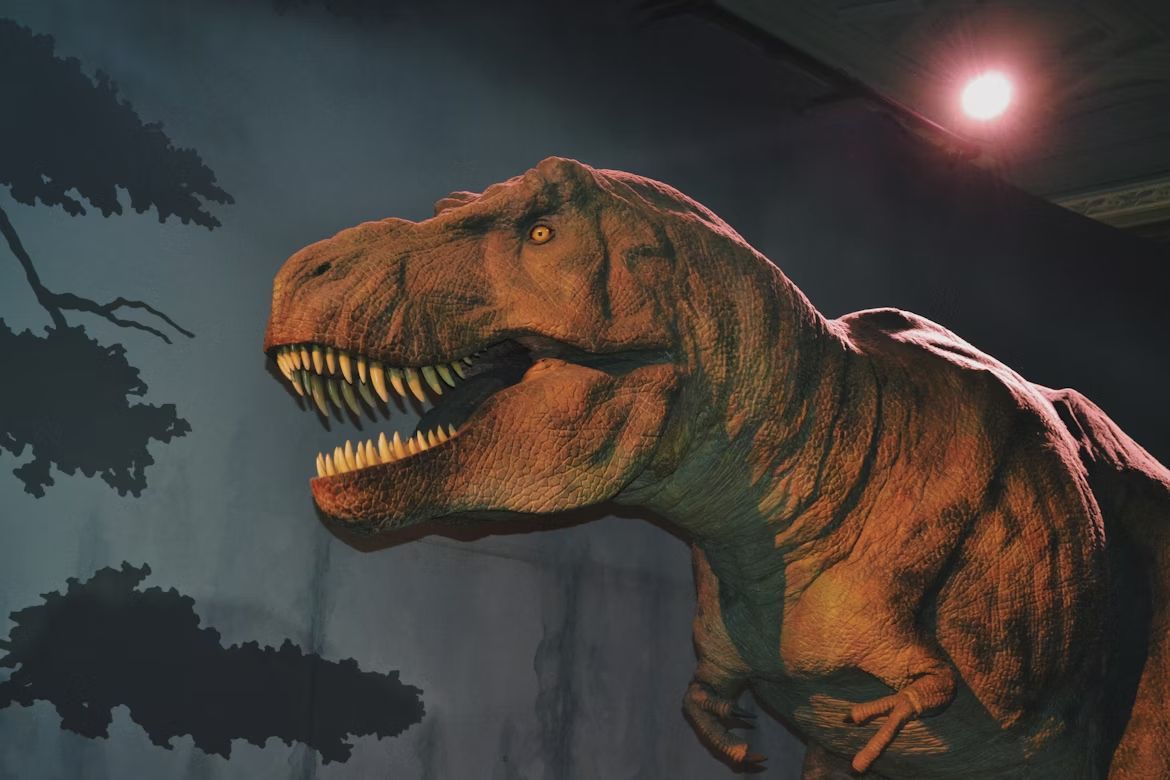 Credit: Amy-Leigh Barnard
Credit: Amy-Leigh Barnard
Meet America's most famous fossil celebrity, T. rex, whose name literally means "tyrant lizard king." This 40-foot-long predator weighed as much as a school bus and packed a bite force of 35,000 pounds per square inch—that's like getting chomped by a pickup truck with teeth!
What made T. rex truly terrifying wasn't just its banana-sized teeth, but its surprisingly keen intelligence and excellent eyesight. Recent fossil discoveries in Montana and Wyoming have revealed that these giants likely hunted in packs and may have been surprisingly good parents, staying with their young for years.
2. Triceratops - The Three-Horned Tank
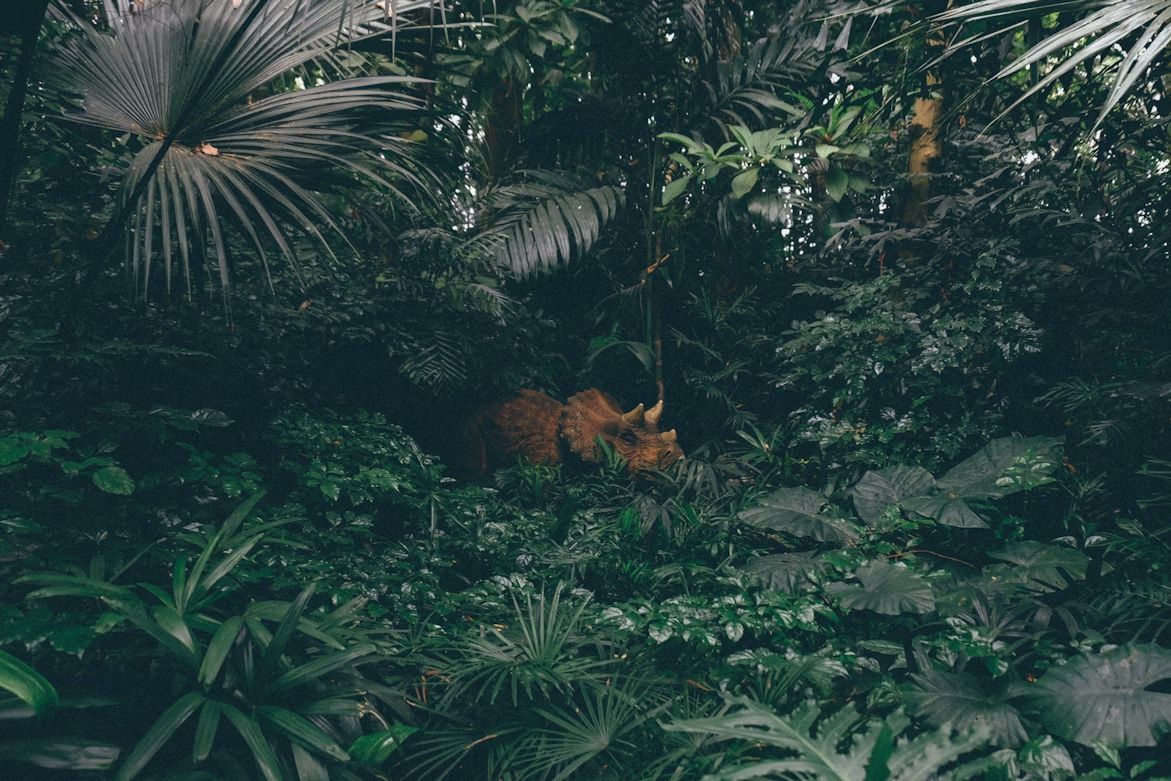 Credit: Ellicia
Credit: Ellicia
Picture a rhinoceros crossed with a pickup truck, and you've got Triceratops, the ultimate herbivorous heavyweight of the American West. This 30-foot-long plant-eater sported a skull alone that measured 10 feet long—longer than a Smart car! Those three iconic horns weren't just for show; they were formidable weapons that could grow up to four feet long, perfect for fending off hungry T. rexes.
One of the most complete Triceratops skeletons ever found, nicknamed "Horridus," revealed just how powerful these gentle giants were. Its sharp beak could slice through tough vegetation like a set of prehistoric hedge trimmers.
3. Stegosaurus - The Spiky Lawn Ornament
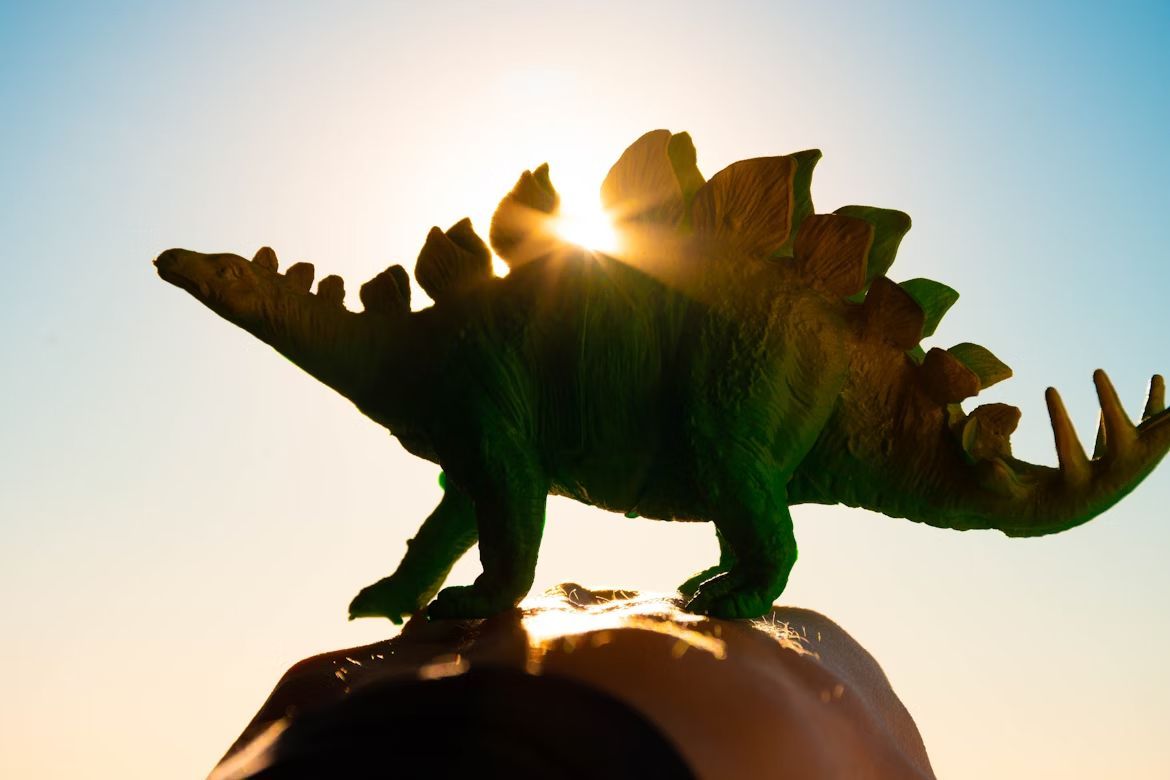 Credit: Lucas George Wendt
Credit: Lucas George Wendt
This 30-foot-long herbivore carried around 17 diamond-shaped plates along its back and four vicious tail spikes that paleontologists affectionately call the "thagomizer." Stegosaurus had a brain no bigger than a walnut—proving that sometimes you don't need to be Einstein to survive for millions of years.
Recent studies of fossils found throughout the American West suggest those plates functioned like solar panels, helping regulate body temperature in the Jurassic heat. With its spiky tail and built-in armor, Stegosaurus was basically the prehistoric equivalent of an armored RV, cruising the Jurassic landscape in style.
4. Allosaurus - The Lion of the Jurassic
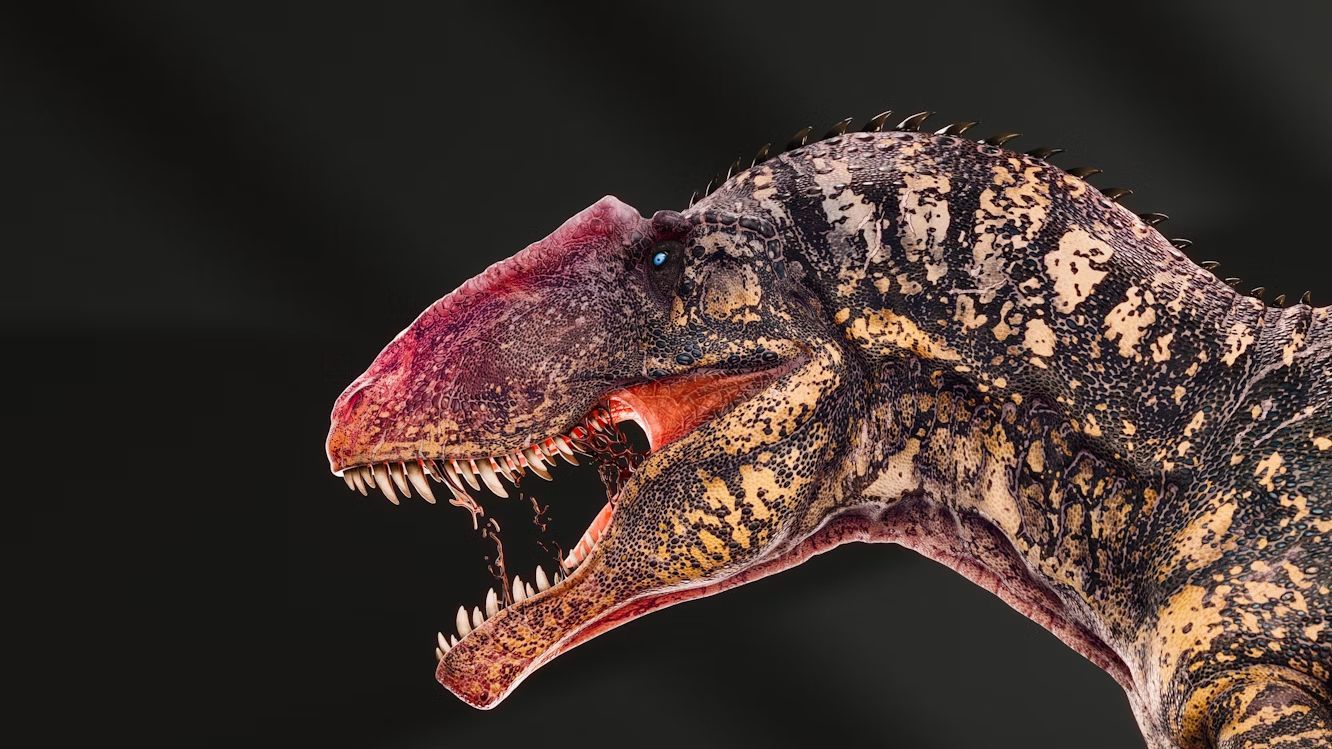 Credit: Paris Bilal
Credit: Paris Bilal
Long before T. rex ruled the roost, Allosaurus was America's apex predator, terrorizing the Jurassic landscape like a 28-foot-long nightmare with a serious attitude problem. It weighed about as much as an elephant but moved with the grace of a giant cat, earning it the nickname "different lizard" for its uniquely shaped vertebrae.
What set Allosaurus apart from other predators was its combination of size, speed, and surprisingly advanced hunting strategies. Fossil evidence from Utah and Colorado suggests these predators worked together to take down massive sauropods, using their powerful arms and razor-sharp claws like prehistoric grappling hooks.
5. Diplodocus - The Gentle Giant with a Whip Tail
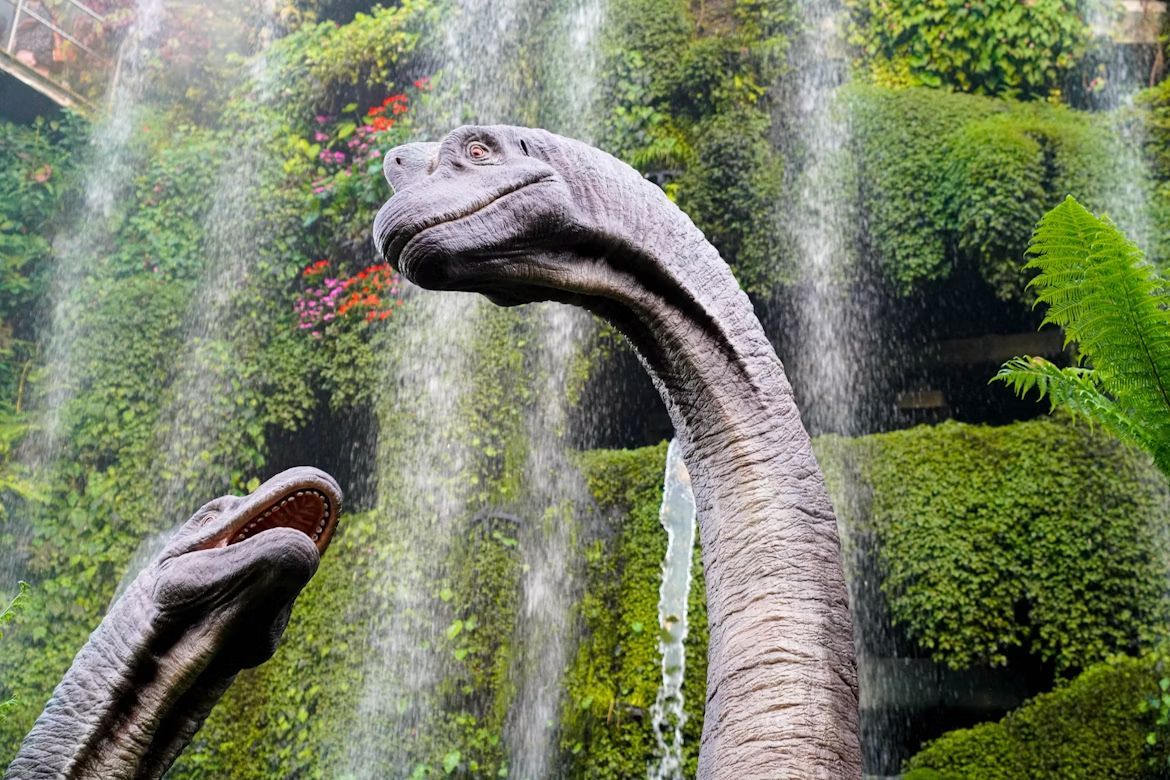 Credit: J M
Credit: J M
Imagine a school bus stretched to the length of three basketball courts, and you’ve got Diplodocus, one of America’s longest dinosaurs—nearly 90 feet from nose to tail tip. This gentle giant from Wyoming and Colorado weighed about as much as four elephants but spent its days peacefully munching on ferns and conifers with a head no bigger than a horse's.
Computer models based on fossil evidence suggest Diplodocus could crack its whip-like tail at speeds of 1,200 miles per hour at the tip—faster than the speed of sound. Recent discoveries in Montana have revealed that these sauropods likely traveled in herds, lumbering together across ancient floodplains.
6. Utahraptor - The Oversized Feathered Nightmare
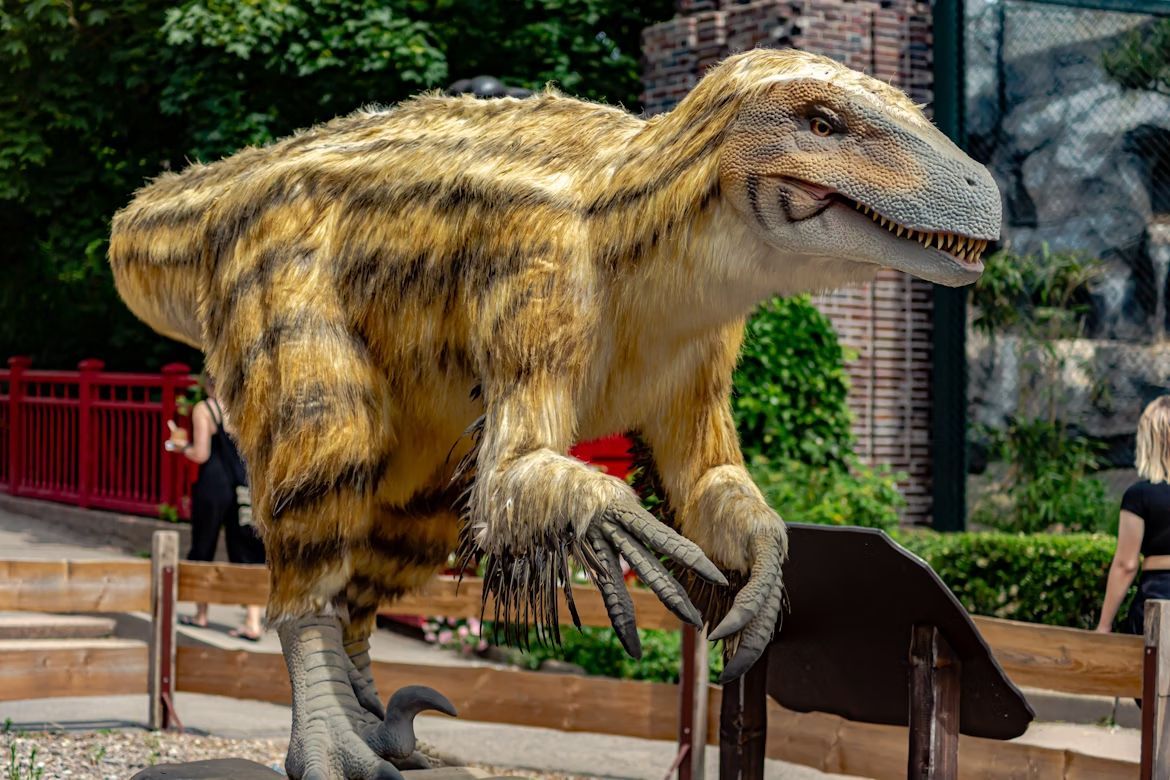 Credit: Bernhard Dinger
Credit: Bernhard Dinger
Forget what you think you know about raptors from the movies—Utahraptor was the real deal, and it was absolutely terrifying. This 23-foot-long predator from Utah was essentially a grizzly bear-sized killing machine with 15-inch sickle claws and a brain sharp enough to plan your demise.
These pack hunters worked together like prehistoric wolves, using their massive claws to pin down prey while their razor-sharp teeth finished the job. Recent fossil discoveries have even preserved evidence of their feathers, proving that this house-sized predator was covered in a coat that would have made it look like the world's most dangerous giant rooster stalking through ancient Utah's forests.
7. Saurophaganax - The Giant Shadow of Oklahoma
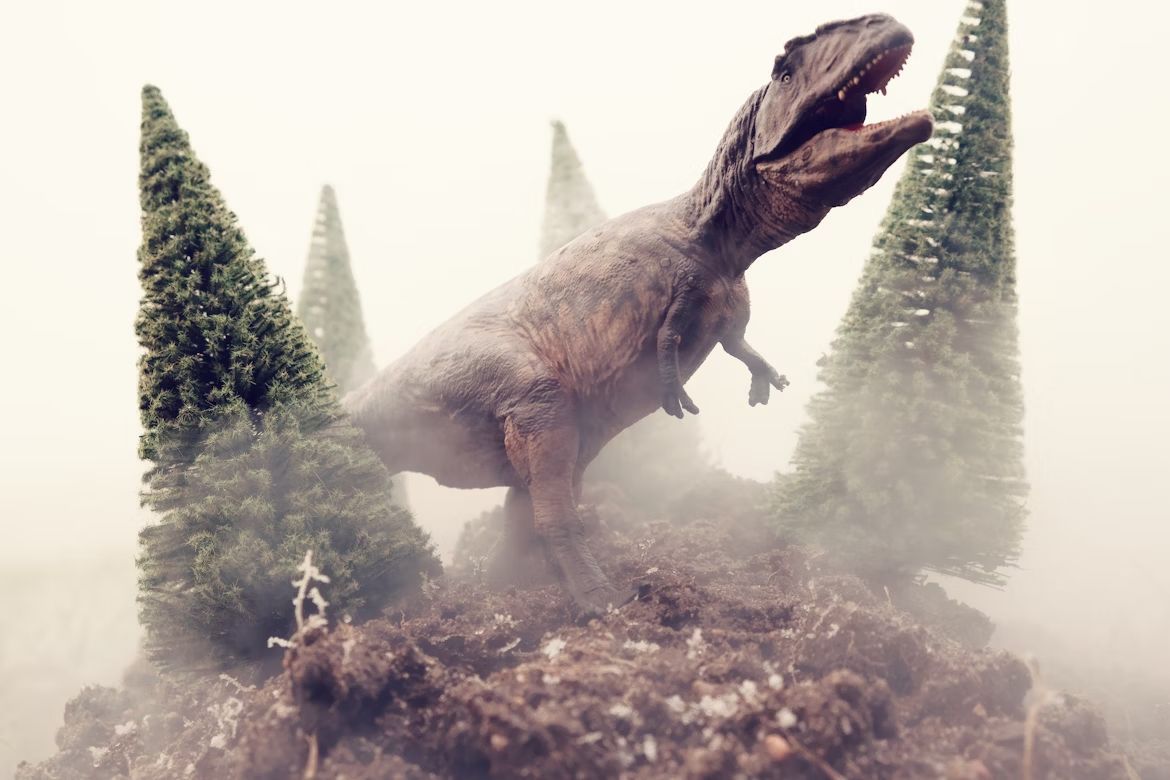 Credit: Dino Mania45
Credit: Dino Mania45
Its name means "lizard-eater supreme," and boy, did it live up to that title. This massive predator stretched up to 43 feet long, making it one of the largest predators of the Late Jurassic in North America.
What makes Saurophaganax particularly fascinating is that it shared its Oklahoma territory with massive sauropods, creating an ancient arms race between predator and prey that would have made nature documentaries incredibly exciting. Fossil evidence suggests this super-predator had longer arms and more powerful claws than its famous cousin, Allosaurus, perfectly adapted for tackling the giant plant-eaters that roamed prehistoric Oklahoma.
8. Deinonychus - The Game Changer from Montana
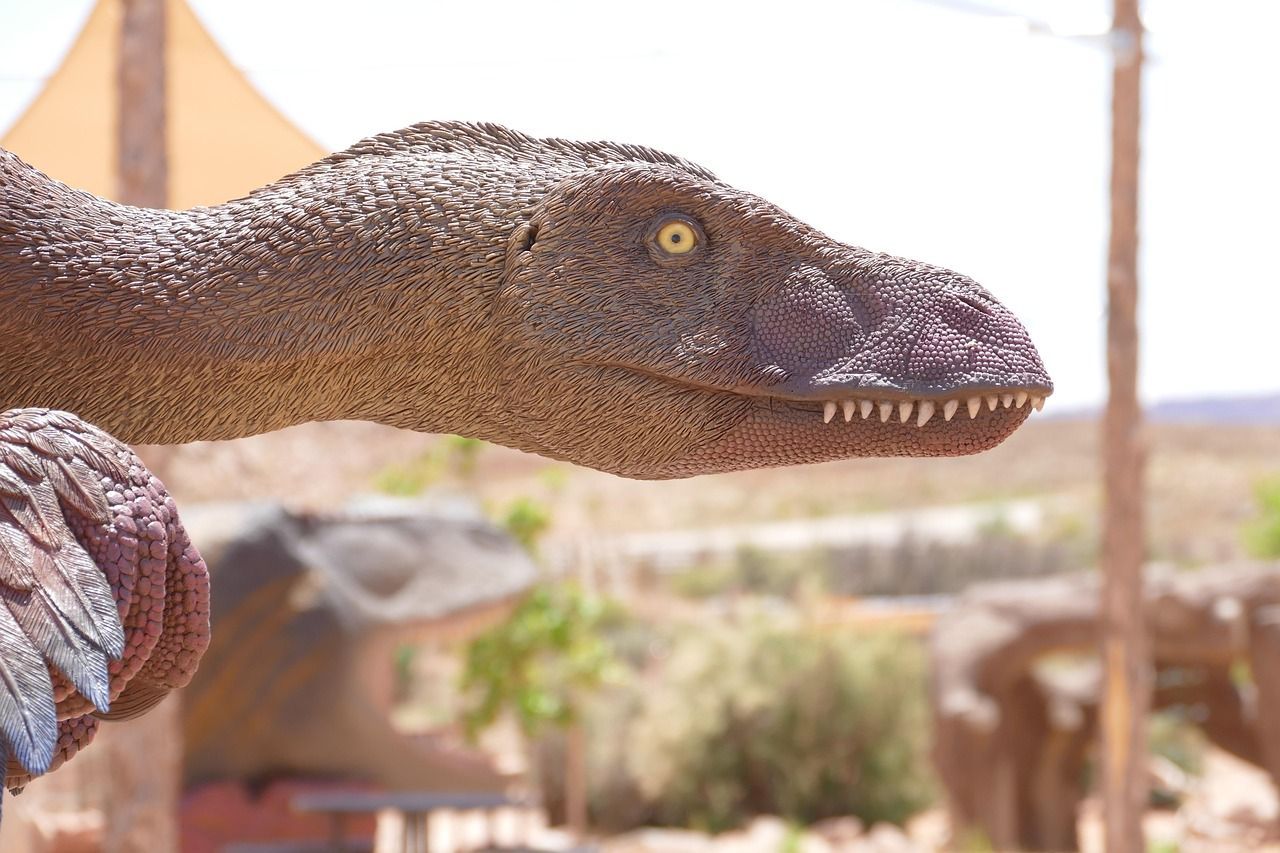 Credit: mdherren
Credit: mdherren
This 11-foot-long predator may have been only the size of a large wolf, but it packed more intelligence and ferocity per pound than any creature that had ever lived. Its name means "terrible claw," referring to the switchblade-like 5-inch sickle on each foot that could slice through flesh like a prehistoric box cutter.
What made Deinonychus truly special wasn't just its fearsome weapons, but what it taught us about dinosaur behavior and evolution. The Montana fossils revealed evidence of pack hunting, complex social structures, and—most shocking of all—that dinosaurs were likely warm-blooded and active, not the sluggish cold-blooded reptiles previously imagined.
9. Parasaurolophus - The Prehistoric Trumpet Player
 Credit: Beate Vogl
Credit: Beate Vogl
Long before jazz was born in New Orleans, Parasaurolophus was making music across the American West with its spectacular hollow head crest that functioned like a natural trumpet. This 31-foot-long duck-billed dinosaur could produce deep, resonant honks that carried for miles across the Late Cretaceous landscape, essentially turning the prehistoric plains into nature's first outdoor concert venue.
What makes Parasaurolophus particularly endearing is that different species—and possibly different sexes—had varying crest shapes, meaning each may have produced its own unique song. Fossil evidence suggests these musical giants traveled in herds, and adults likely cared for their young, keeping families together as they roamed the ancient landscape.
10. Ankylosaurus - The Walking Tank
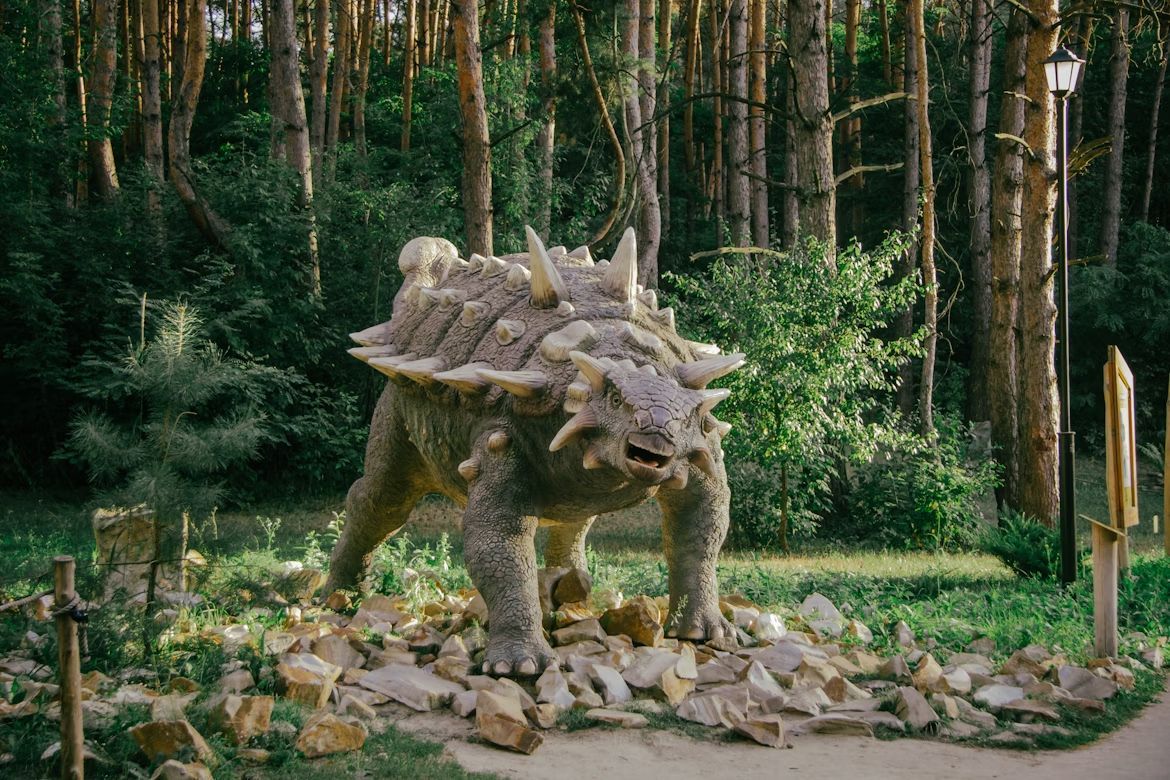 Credit: Andy Cat
Credit: Andy Cat
Meet the ultimate armored dinosaur, Ankylosaurus. This 20-foot-long herbivore lived during the final days of the dinosaurs, about 68-66 million years ago, across western North America. Weighing up to 8 tons, it was built like a prehistoric tank with armor covering even its eyelids.
Its most impressive feature was the massive tail club made of fused bones, capable of swinging with devastating force and potentially injuring even the largest predators. Ankylosaurus was basically the ultimate "don’t mess with me" dinosaur, combining impenetrable defense with a weapon that made any attacker think twice.






